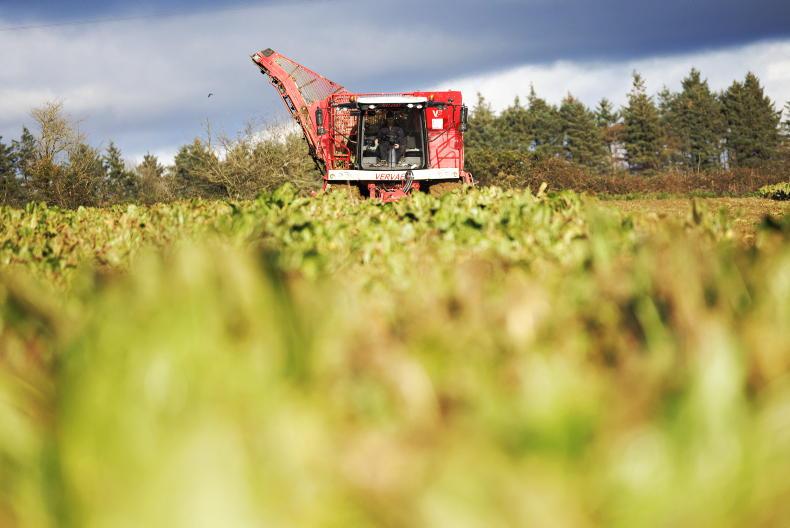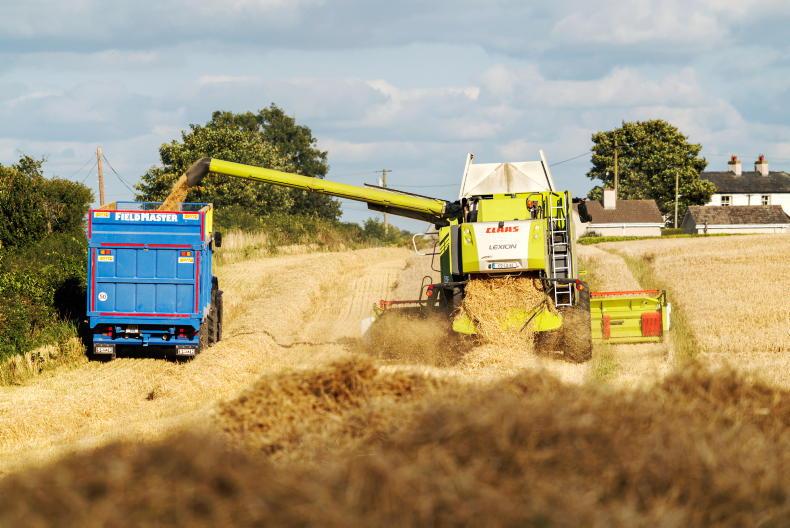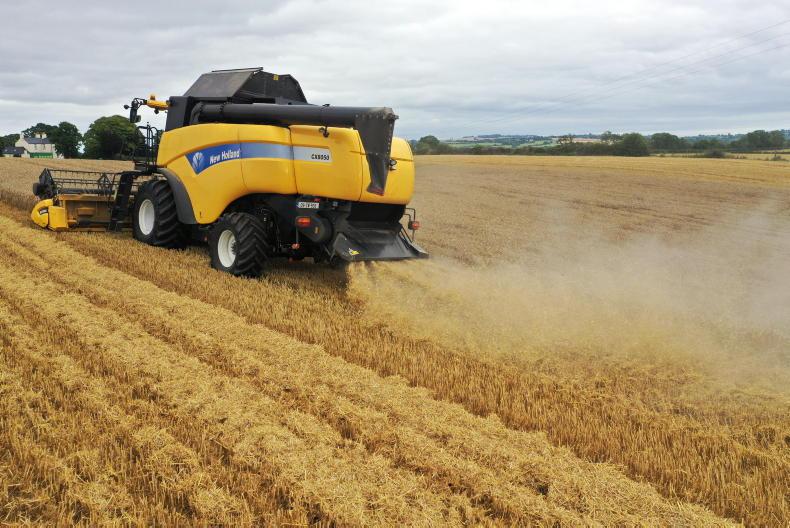Farmers with beet are pulling crops across the country and will continue to do so throughout the winter as needed. The weather so far has been great for the job.
At this time of the year, it is important to examine how varieties perform and how leaves hold up in the frost and during harvesting.
Beet crops thrived this season, particularly in August and September amid higher temperatures.
Dave Barry of Goldcrop commented at an open day at the end of September that some crops had been wilting during the day and the leaves were coming back up at night.
However, he said some crops looked to be short on nitrogen. Leaves had been turning yellow and while this could be due to virus yellows, it is likely to be due to nitrogen deficiency, he explained.
Some varieties really show you if they’re short in nitrogen and Dave said the dry weather probably contributed to this, as crops could not get access to nitrogen as easily earlier on in the season.
Leaching
Some of these crops may have received enough nitrogen, but could not access it in the dry weather, he explained.
The wet winter before planting is also likely to have allowed nitrogen to leach from the soil, so this may also be a contributing factor, as not as much nitrogen was available to plants.
Dave noted that varieties such as Enermax, Magnum and Bolero will show you when they’re short of nitrogen, but other varieties may not show it.
He added that there is some virus in crops and some boron deficiency.
“For every extra tonne of dry matter, we need to increase boron applications,” he said.
As you harvest crops this year, try to remember what crops were looking short on nitrogen and boron during the season and take note of how varieties are performing at harvest and of course on yields.
It is also a good time to see how fungicides performed on crops and to see if crops which received one or two fungicides were looking any better in the field or if leaves were any stronger.










SHARING OPTIONS